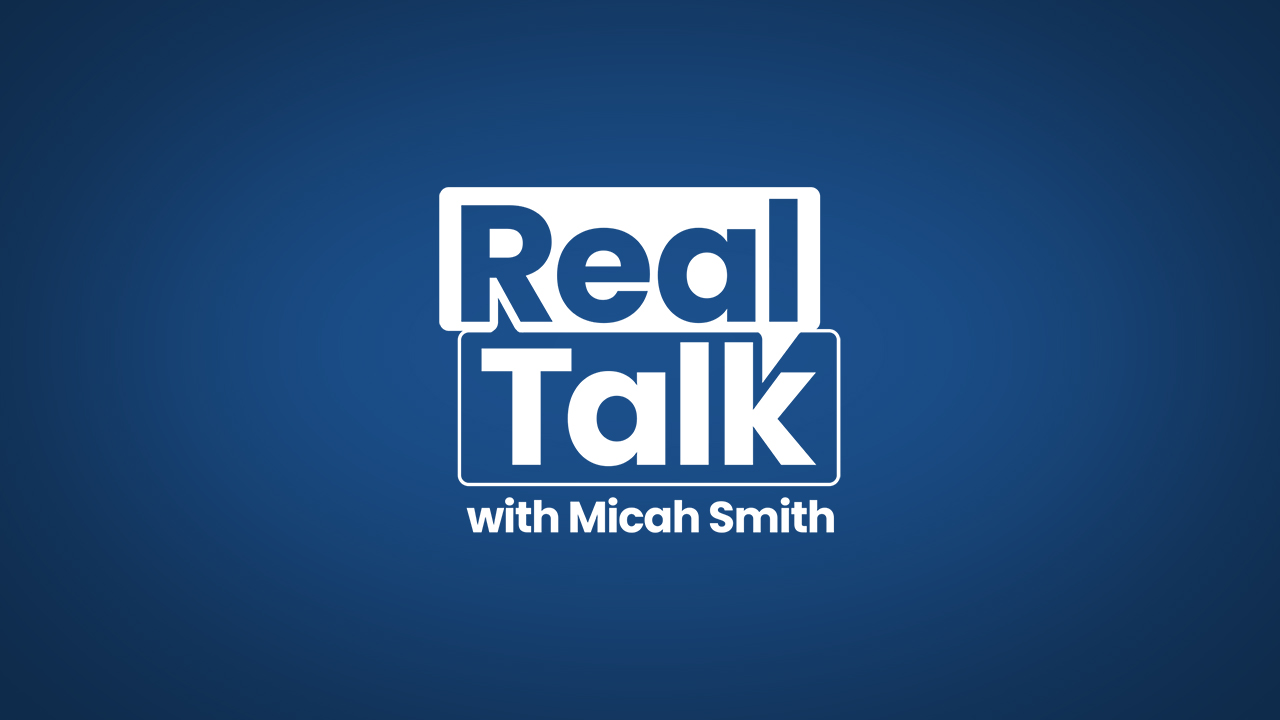Craft beer is a classic example of history repeating itself; what’s old is new once again.
What started for many people as a hobby enjoyed in individual garages and basements surged into the cultural mainstream as more people learned they loved to raise a glass with something other than the typical six-pack of beer.
Strong growth numbers for craft brewing
The craft brewing business boomed even during tough economic times. Over the last decade, the industry experienced unprecedented growth. In 2015, the craft beer sales market increased 15 percent to a total of $22.3 billion, according to the Brewers Association annual report. Total barrel production rose to 24.5 million in 2015 compared to only 10.1 million barrels back in 2010.
As of 2015, the number of United States’ craft breweries stood at 4,225 — compared to 1,754 locations just five years before.

Brewers tap into local demand for direction
Craft brewers and industry experts attribute the industry’s nationwide success to an interesting paradox in today’s culture: people’s modern tastes combined with a growing need to connect with our past.
Los Angeles-based marketing research company IBISWorld released a report in August 2015 highlighting craft beer’s diversity as a critical element to its rising popularity.
“The craft beer production industry brews virtually all styles of beer and regularly experiments with different ingredients to create variant styles of beer,” the IBISWorld report states. “As a result, the industry’s range of products is diverse.”
Craft beer brewers work with a variety of flavor profiles, including chocolate, vanilla, citrus (lemon, grapefruit), coffee, chai and much more. Combining these flavors requires a special touch, according to Chad Yakobson, founder and head brewer at the Crooked Stave Artisan Beer Project in Denver, Colorado.
“I think craft brewing is riding on the coattails of the food revolution,” he observed. “Just as people have developed a curiosity about different foods, now they are asking questions like ‘Who is making my beer?’, ‘How is it made?’ and ‘What is it made from?’“ It just seems like a natural progression that they go hand in hand.”
Rather than having eyes on the big prize of national distribution, many craft brewers understand the need to tap into their community’s preferences to continue their business’ growth.
According to a 2015 Nielsen Marketing research study, consumers’ desire for locally sourced beer is on the rise.
“Consumers' desire to search for and buy local is growing,” the report found. “Among all alcoholic beverage categories, local has grown in importance the most among beer drinkers. In fact, 22 percent of beer drinkers said they think the importance of being made locally has grown over the last couple of years, compared with 14 percent of wine drinkers and only 5 percent of spirit drinkers.”
Yakobson said he’s noticed this market shift and emphasizes its importance to craft brewing.
“It seems right now, more people are coming onto the scene and looking for beers from specific areas or different local ingredients,” he said. “For a long time, the United States never had a big beer tradition — at least one that wasn’t already based on western European tradition. However, I think in the last five or ten years beer has developed a more American style thanks to craft brewing. It’s become a very creative and innovative project.”
In the end, the allure of craft beer boils down to something beyond market trends and industry statistics for the Denver brewer.
“I think it’s all about passion,” he concluded. “Passion for quality brands and a brewery’s story that resonates with the public. I believe that is why we enjoy these products so much.”

